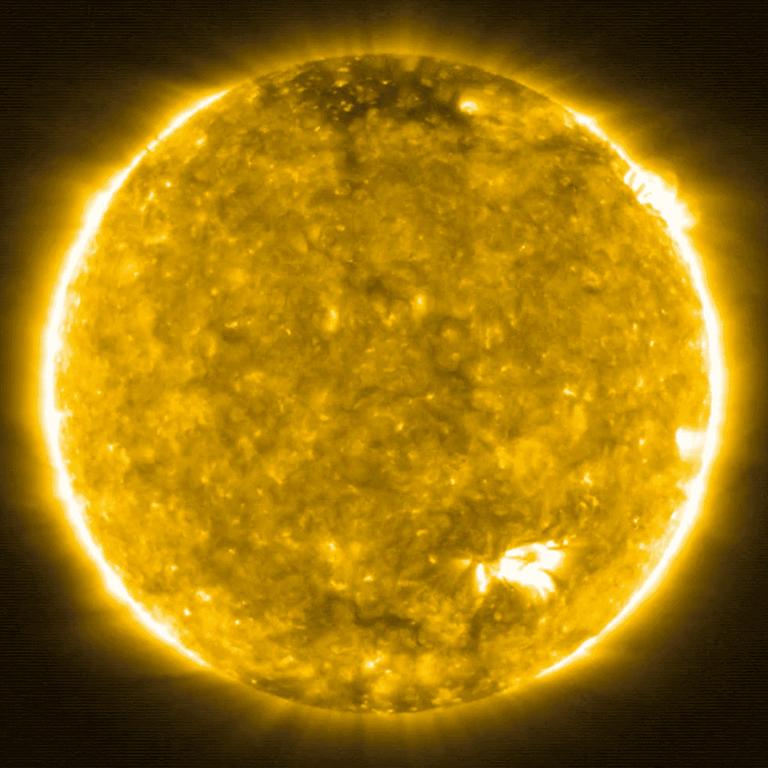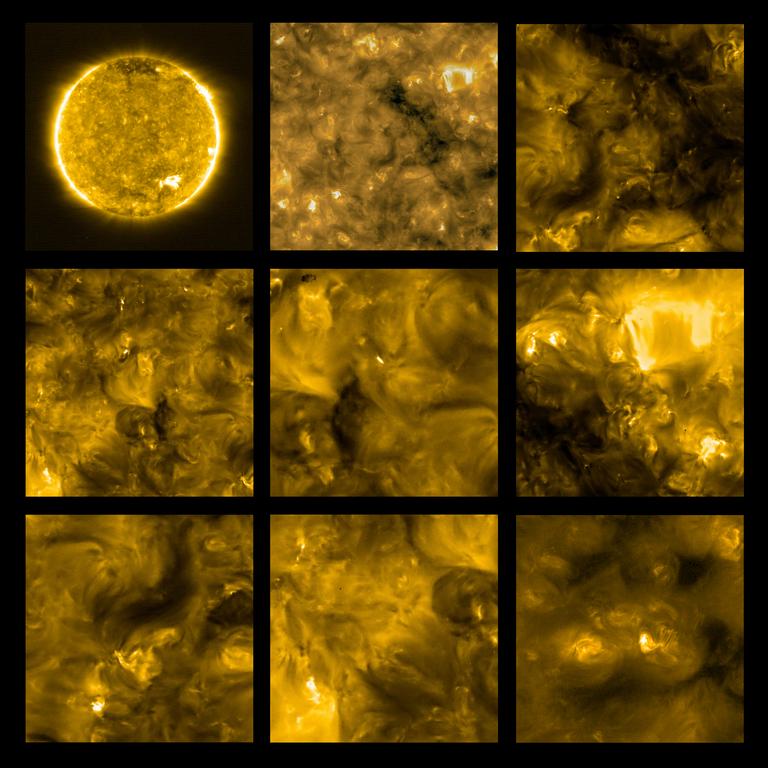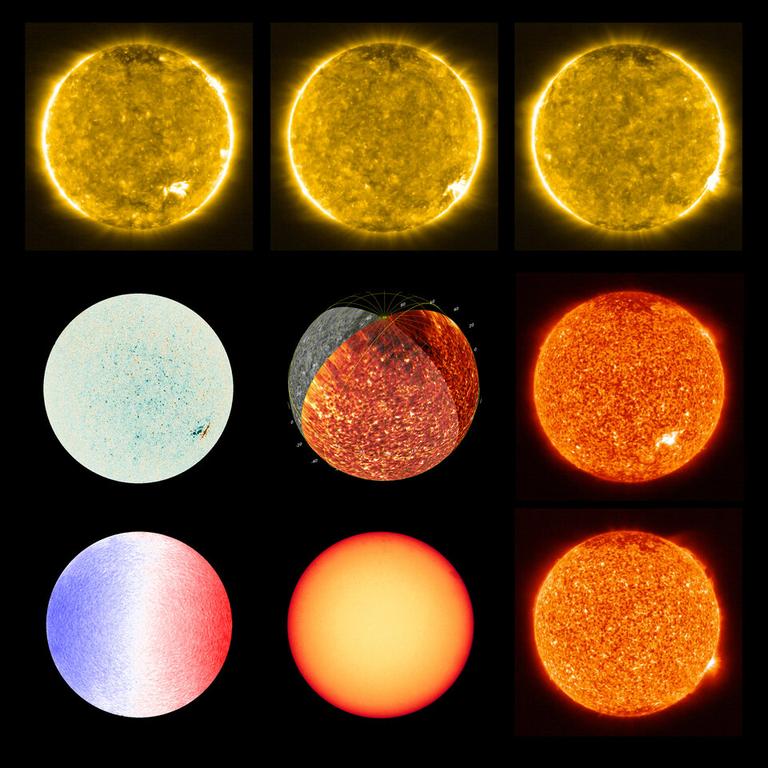Closest photo of the surface of sun reveals thousands of solar flares
New images taken closer to the sun than ever before have provided new details that could solve one of its biggest mysteries.
New photos taken closer to the sun than ever before have provided further insight into the giant ball of hot gas that controls all life on Earth.
The European Space Agency (ESA) and NASA collaborated on a solar probe designed to get closer to the sun than anything before it, and the photos it has captured have provided new insight for scientists.

RELATED: Planets you can see with no telescope
While the pictures are the closest ever taken of the sun, the probe still took them from around 77 million kilometres away, roughly halfway between the sun and us.
The Solar Orbiter took off from Florida in February and captured the new images in late May using its Extreme Ultraviolet Imager.
The photos show thousands of miniature solar flares, which scientists have been referring to as “campfires”. But they have yet to determine whether they are just shrunk down versions of the big solar flares they’re familiar with, or evidence of something else.

RELATED: ‘Crippling force’ bursts NASA rocket
The new pictures are an encouraging and surprising sign for the potential of the new Solar Orbiter.
“These are only the first images and we can already see interesting new phenomena,” ESA Solar Orbiter project scientist Daniel Müller said.
“We didn’t really expect such great results right from the start.
“We can also see how our 10 scientific instruments complement each other, providing a holistic picture of the sun and the surrounding environment.”
Other data generated by the Solar Orbiter could also provide insight into solar wind generation.
Mr Müller said this is just the beginning of what the Orbiter could provide as it moves closer to the sun.
“We are all really excited about these first images – but this is just the beginning.
“Solar Orbiter has started a grand tour of the inner Solar System, and will get much closer to the sun within less than two years.”
He said that the Orbiter will ultimately get as close as 42 million kilometres.
RELATED: Want to smell like you’re from space?

RELATED: Homegrown rockets bound for space
Already theories have emerged that the smaller solar flares could be a contributor to the unsolved mystery of coronal heating.
While the surface of the sun is around 5500°C, its solar corona (or “crown”) that extends millions of kilometres into outer space is more than a million degrees.
Scientists have studied why the corona can be more than 200 times hotter than the surface of the sun for decades but are yet to come up with an answer.
“It’s obviously way too early to tell but we hope that by connecting these observations with measurements from our other instruments that ‘feel’ the solar wind as it passes the spacecraft, we will eventually be able to answer some of these mysteries,” ESA Solar Orbiter deputy project scientist Yannis Zouganelis said.



